It’s that time of year again. The house is full of chocolatey treats, the daffodils are in full bloom, and the Easter holidays are in full swing. Just as integral to these spring festivities as chicks, eggs and chocolate, are bunny rabbits. But how did our furry friends become the ubiquitous symbols of Easter?
As far back as antiquity, rabbits and hares have been associated with fertility, vitality and rebirth. Described by the likes of Aristotle, Herodotus and Pliny as among the most fertile of animals, they also became associated with sexual desire and lust: ‘at it like rabbits’.
Described in the Old Testament as ‘unclean’, Christian artists nonetheless adopted the rabbit as a symbol of fertility, but further developed this idea to encompass incarnation and resurrection.
Titian’s Madonna with Rabbit (c.1530), for example shows the Madonna clasping the Christ child in her right hand, and in the left a little, furry white rabbit. Christ reaches a podgy arm towards it: a premonition of his rise from the tomb?
Rabbits and hares are thus ambivalent symbols in art: they can be used to represent both virtue and vice.
In medieval Christian imagery, three gambling hares connected by their ears in a central triangle (such as the ones in the window of Paderborn Cathedral), represent the Trinity of father, son and Holy Spirit.
Piero de Cosimo’s Venus, Mars and Cupid (1505), however, conveys a very different meaning. Two reclining nudes, Mars and Venus, lie in a landscape with Cupid, who is clutching a grey white rabbit. In this instance, the rabbit reverts to its classical symbolic roots, representing sexual excess.
Today, the rabbit as a symbol in contemporary art hops between these two associations: innocence and vice. Take Jeff Koons’s Rabbit (1986). Modelled on a childish silver balloon, it is also spiky and threatening.
So, when you snap off your chocolate rabbit’s ears and dig in this Easter morning, be aware that there is more to the Easter Bunny than meets the eye!
Unlimited access from just $16 every 3 months
Subscribe to get unlimited and exclusive access to the top art stories, interviews and exhibition reviews.

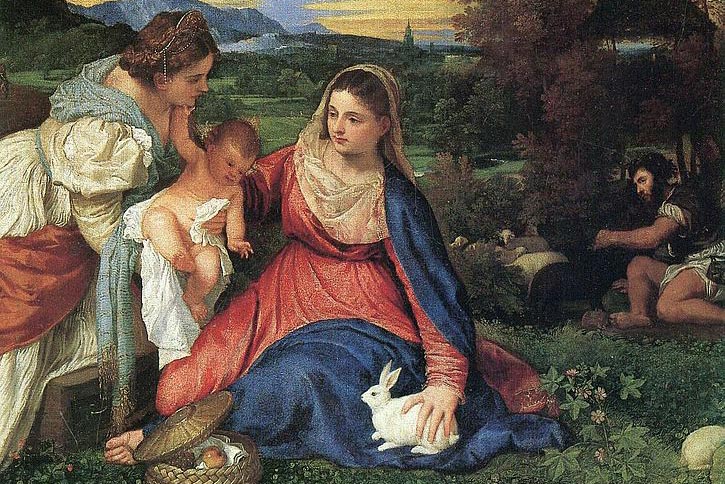
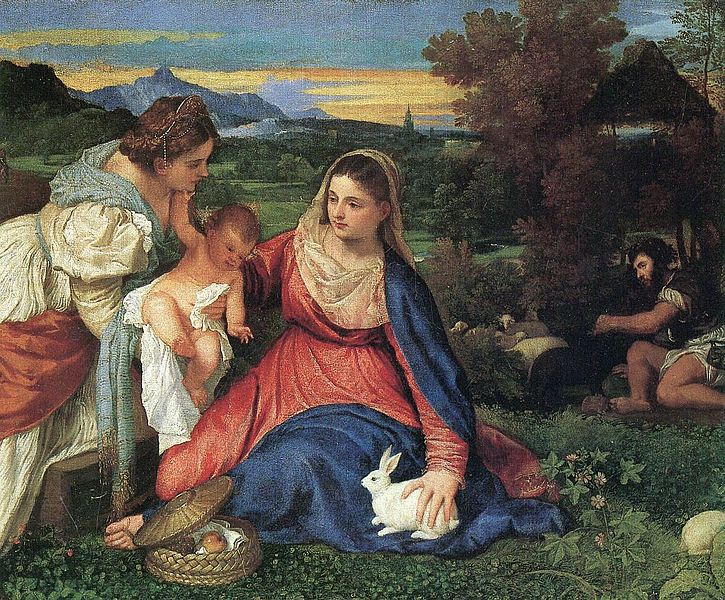
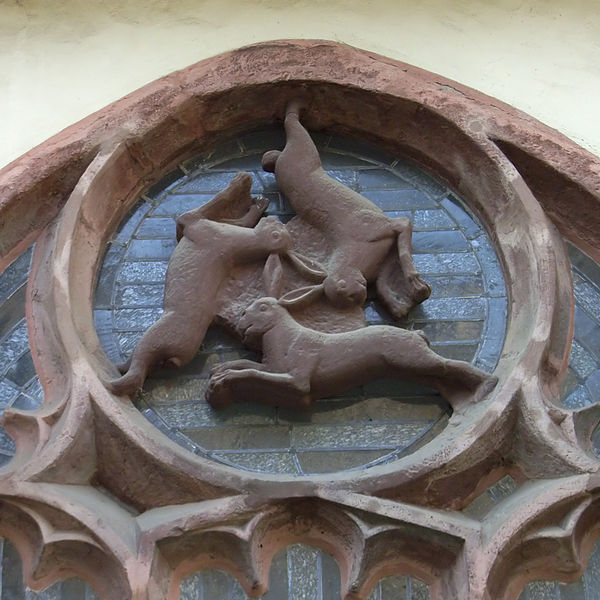
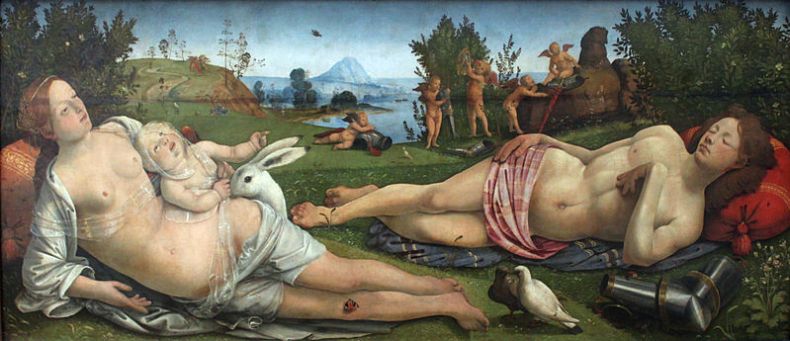
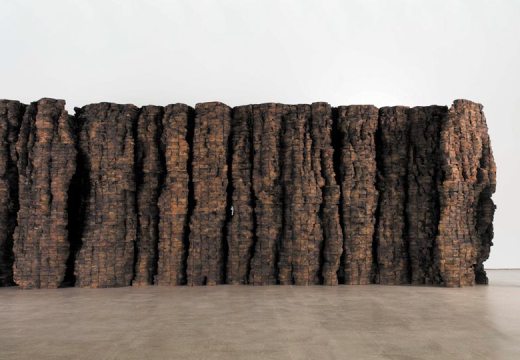
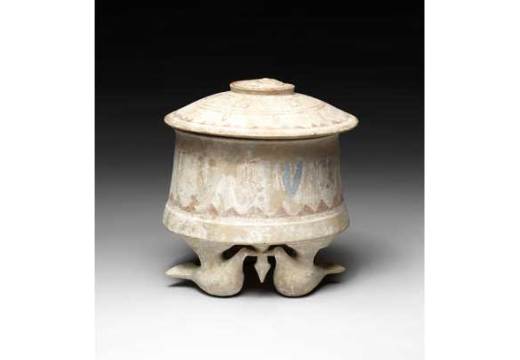










![Masterpiece [Re]discovery 2022. Photo: Ben Fisher Photography, courtesy of Masterpiece London](http://www.apollo-magazine.com/wp-content/uploads/2022/07/MPL2022_4263.jpg)
It’s time for the government of London to return to its rightful home